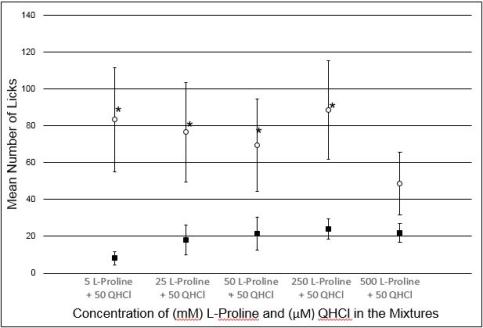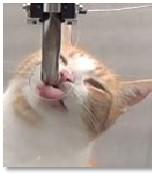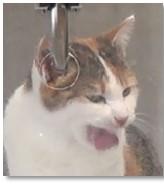QHCl & L-Proline Mixture versus L-Proline

The cats performed significantly more licks at spouts containing the L-Proline at 50 mM without the addition of QHCl compared to spouts containing mixtures with either 5, 25, 50 or 250 mM L-Proline, and 50 µM QHCl (Fig. 1). In trials when mixtures with 500 mM L-Proline and 50 µM QHCl were tested, the cats did not significantly differ in the number of times they licked spouts containing the mixture compared to spouts containing the 50 mM L-Proline control.

Whilst sampling or drinking from a 5 mM L-Proline and 50 µM QHCl mixture the cats were observed to hold their eyes less than 50 % open for significantly shorter periods of time compared to the L-Proline control.

The behavior tongue protrusion gape (Fig. 3) was seen significantly more often when the cats were located close to the spout containing the 250 mM L-Proline and 50 µM QHCl mixture compared to when the cats were located close to the spout containing the L-Proline control.
Responsible for this page:
Director of undergraduate studies Biology
Last updated:
05/18/15
